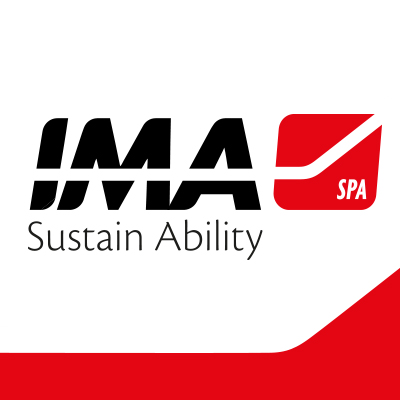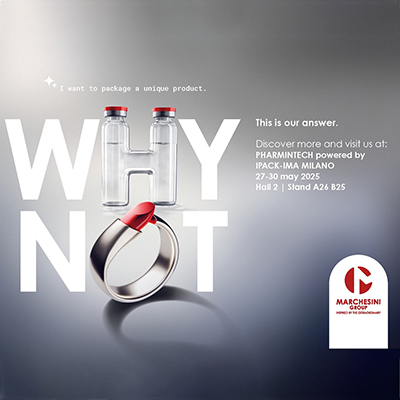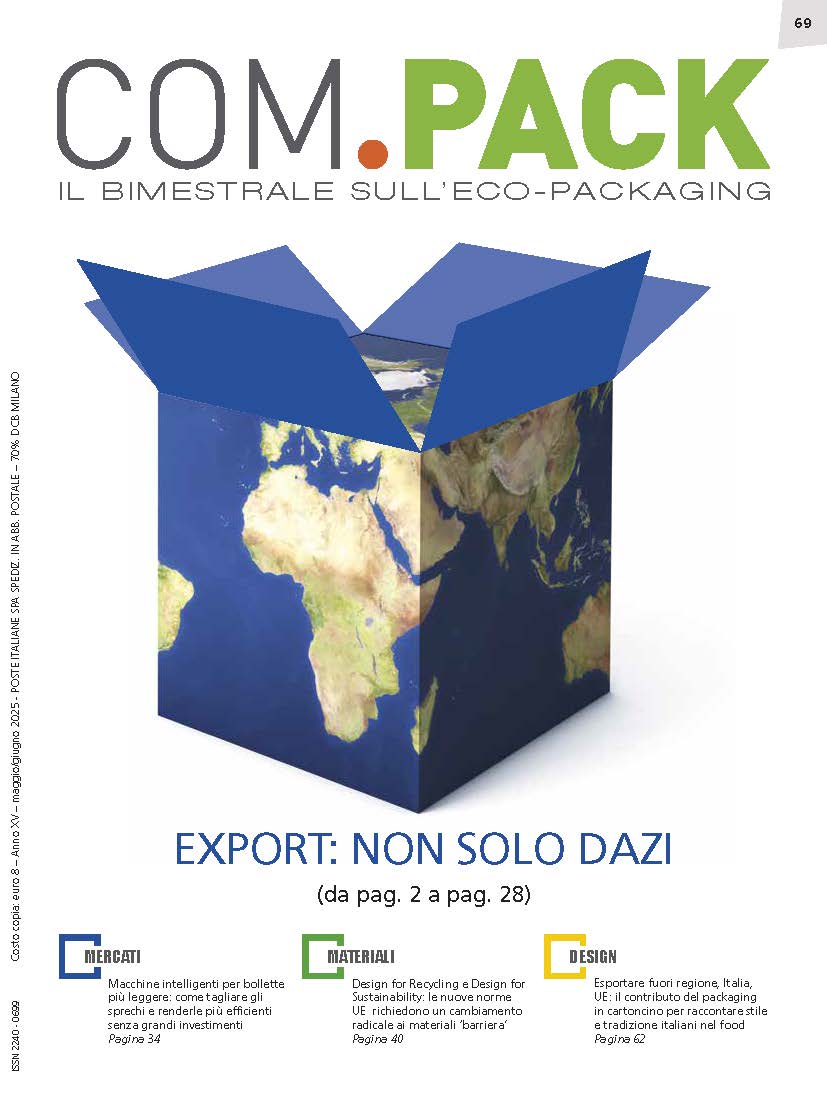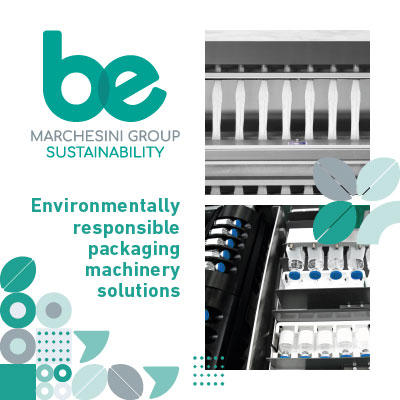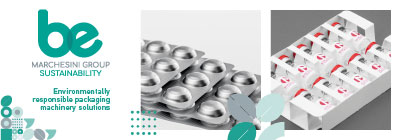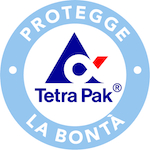 IT Pastorizzazione - UK Pasteurization - F Pasteurisation - D Pasteurisierung - E Pasteurización
IT Pastorizzazione - UK Pasteurization - F Pasteurisation - D Pasteurisierung - E Pasteurización
Trattamento termico che consente di prolungare la shelf-life degli alimenti e renderne più sicuro il consumo. Ideata dal chimico e biologo francese Louis Pasteur nella seconda metà dell'Ottocento, la pastorizzazione ha lo scopo di distruggere i microrganismi patogeni e buona parte di quelli degradativi, e di inattivare gli enzimi. Le condizioni di tempo e temperatura del trattamento vengono stabilite in funzione del tipo di alimento da trattare e dalla tecnologia adottata, ma generalmente non si superano i 100 °C. La combinazione di elevate temperature per tempi brevi, nota come HTST (High Temperature Short Time), è preferibile in quanto provoca un minore deterioramento delle caratteristiche nutrizionali e sensoriali dei prodotti. La pastorizzazione viene applicata ad alimenti in forma fluida, quali latte, vino, birra, succhi di frutta, uova. La shelf-life dei prodotti pastorizzati può andare da pochi giorni in condizioni di refrigerazione (ad esempio nel caso del latte) a diversi mesi a temperatura ambiente (succhi di frutta). Il trattamento avviene tramite scambiatori di calore (vedi anche pastorizzatore e pastorizzatore a tunnel).
Heat treatment that lengthens the shelf-life of foods and makes them safe for the consumption. Invented by French chemist and biologist Louis Pasteur during the later half of the 1800s, pasteurization destroys dangerous microorganisms and a good part of those that decompose products. It also inactivates enzymes. Time and temperature parameters are established according to the type of food to be treated and the technology used generally does not exceed 100 °C. The combination of high temperature for short periods of time, known as HTST (High Temperature Short Time) is preferred because it has less effect on reducing the nutritional and organoleptic qualities of the food products. Pasteurization is carried out on liquid products, such as milk, wine, beer, fruit juices, eggs. The shelf life of pasteurized products can range from a few days under refrigerated conditions (for example in the case of milk) to several months at room temperature (fruit juices). The treatment takes place through heat exchanger (also see pasteurizer and tunnel pasteurizer).




